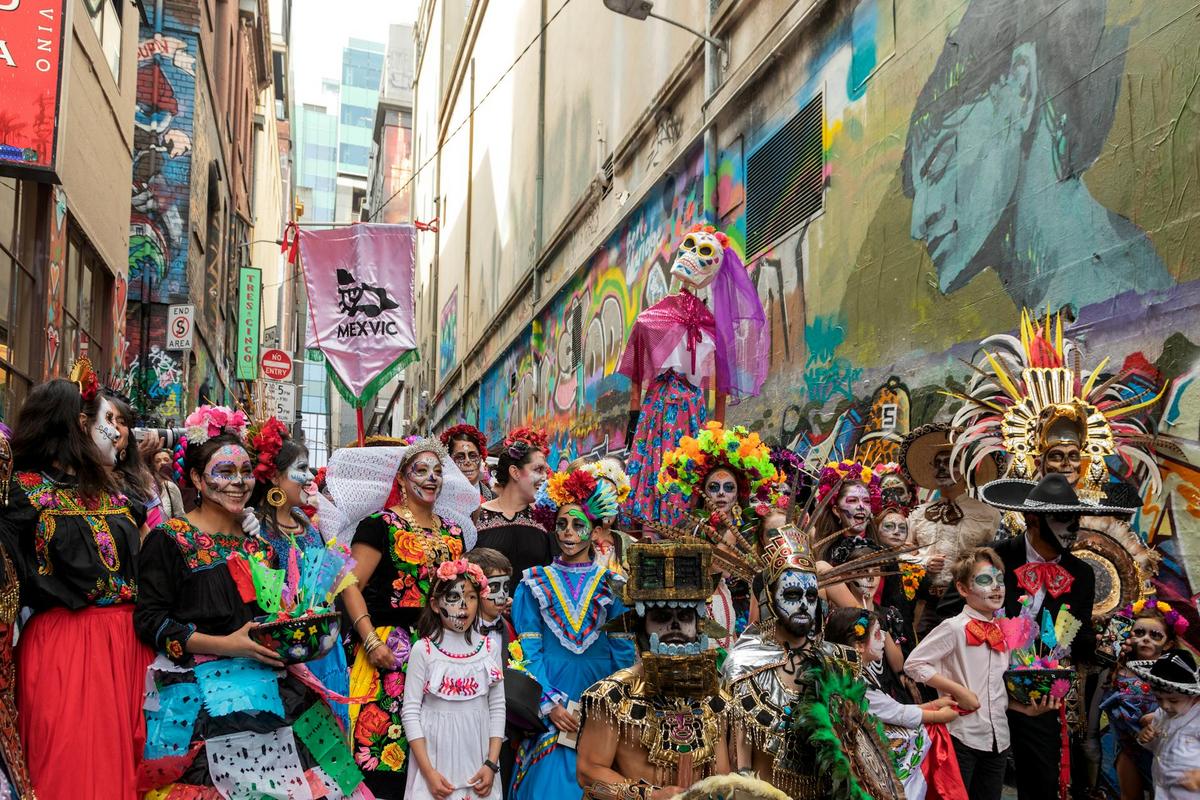
Street Art as a Medium for Environmental Activism
Street art has long been a powerful form of expression, a canvas for artists to voice societal concerns and inspire change. In recent years, this vibrant art form has become a significant medium for environmental activism, addressing pressing ecological issues with creativity and impact.
Street art as a medium for environmental activism is gaining momentum worldwide. Artists are using walls, buildings, and public spaces to highlight ecological challenges and advocate for sustainable practices. This movement is not just about aesthetics; it’s about sparking conversations and driving real action.
The Power of Street Art in Environmental Activism
According to a study by the Environmental Protection Agency, visual stimuli significantly impact public awareness and behavior change. Street art, with its vivid imagery and strategic placement, can reach a broad audience, making it a potent tool for environmental communication.
“Street art has the unique ability to capture the public’s attention and convey complex messages in an accessible way,” explains urban art specialist Dr. Mark Jenkins.
Examples of Environmental Street Art
One notable example is the mural series in London that depicts endangered species in their natural habitats. These artworks not only beautify urban spaces but also serve as a reminder of the fragility of ecosystems. In another instance, artist Shepard Fairey created a piece highlighting the dangers of plastic pollution, which became a viral sensation on social media, encouraging people to reduce their plastic use.
Actionable Tips for Supporting Environmental Street Art
- Support local artists by attending exhibitions and purchasing their work.
- Share artwork on social media to raise awareness about environmental issues.
- Participate in community mural projects to learn more about the issues and contribute to the art process.
- Advocate for public spaces to be allocated for environmental street art.
Street Art Techniques and Their Impact
| Technique | Impact |
|---|---|
| Mural Painting | Creates large, impactful visual statements. |
| Graffiti | Engages youth and fosters community involvement. |
| Stencil Art | Allows for quick and reproducible messaging. |
| Paste-Ups | Enables detailed, illustrative communication. |
| Installations | Incorporates physical elements to enhance interaction. |
| 3D Art | Offers immersive experiences that captivate audiences. |
| Projection Mapping | Utilizes technology to bring art to life dynamically. |
| Chalk Art | Temporary but often interactive and engaging. |
Frequently Asked Questions
How can street art influence environmental change?
Street art can influence environmental change by raising awareness, inspiring action, and fostering community dialogue about sustainability issues.
Is street art legal?
The legality of street art varies by location. Many cities have designated areas where artists can work legally, while unauthorized art can sometimes be considered vandalism.
Can anyone participate in creating street art?
Yes, many community-driven projects welcome participants of all skill levels to create collaborative pieces.
What materials do street artists use for environmental themes?
Artists often use eco-friendly paints and recycled materials to align their methods with their messages.
Conclusion
Street art is a dynamic and accessible platform for environmental activism. By supporting these artists and engaging with their work, individuals can contribute to a broader movement for ecological awareness and action. Whether through observing, sharing, or participating, everyone has a role to play in harnessing the power of street art to make a difference.


